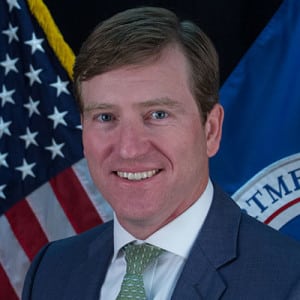
Later this year the Department of Homeland Security plans to establish a common approach to cyber security for the entire federal civilian government to create a more “common understanding,” a senior department official said on Wednesday. DHS already provides tools for federal agencies to boost the security of their networks, “but we’ve got to get to a more common, synchronized baseline approach,” Chris Krebs, director of the Cybersecurity and Infrastructure Security Agency (CISA), told the House Appropriations Homeland Security Subcommittee.…

 By
By 











